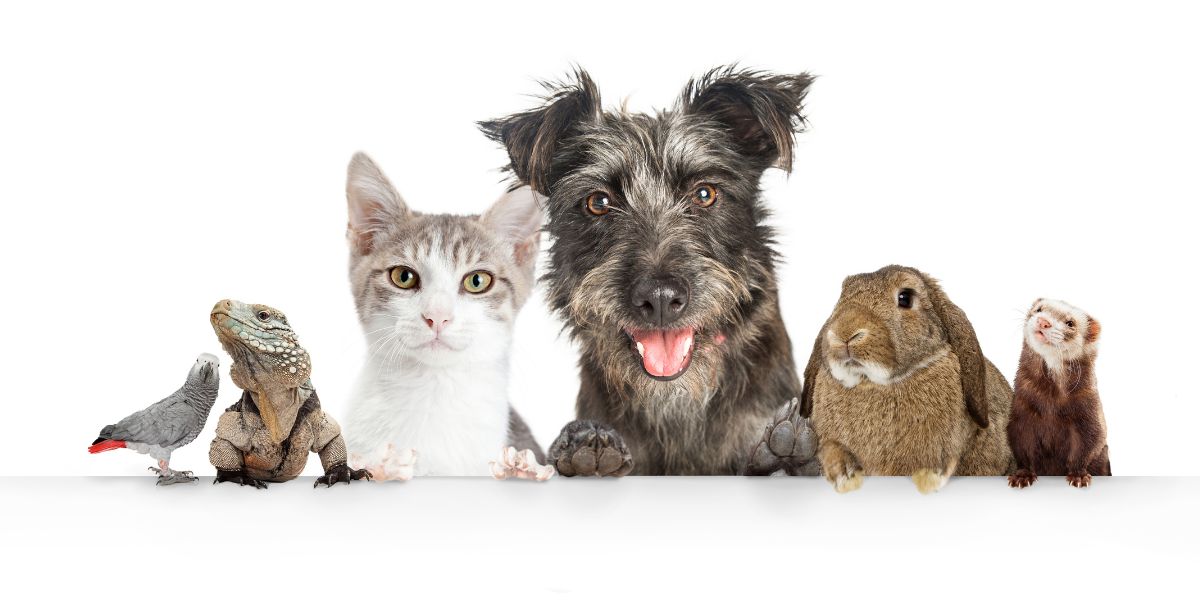Pets such as cats and dogs can also develop diabetes. All pet owners worry about their animals so knowing whether or not your dog or cat is showing symptoms of diabetes can help save their life.
What are the causes of diabetes in animals?
Just like in humans, pets with diabetes may not be able to produce enough insulin, or possibly their bodies do not allow them to use insulin properly.
Insulin is produced by the pancreas, and allows glucose in the blood to enter cells, allowing the body to properly function. Just like people, pets can suffer from both type 1 and type 2 diabetes
What are the symptoms of diabetes in animals?
Diabetes symptoms and the complications of the disease are also similar to humans. The following symptoms could indicate that your animal has diabetes.
Diabetes symptoms in pets
Symptoms in pets can include:
- Weight loss, often despite an increased appetite
- Excessive thirst and urination
- Breakdown of body fat and development of ketacidosis
- Lower appetite
- Pungent breath with a chemical smell
- Complications associated with diabetes
My animal looks very sick, could this be pet diabetes?
Your pet may be in the throes of hypoglycaemia or low blood sugar. Hypoglycaemia can occur in animals due to insulin overdose. The symptoms of hypoglycaemia include the following:
- Seizure
- Wobbliness
- Weakness
- Dullness
- Sleepiness
- Restlessness
- Coma
When pets are hypoglycaemic they should never be left alone overnight. The complications of untreated diabetes can be awful. These include cataract formation and loss of sight in dogs, and both nerve damage and hind-end weakness in cats.
Diabetes treatment for pets
Insulin is generally regarded as the benchmark treatment for both type 1 and type 2 diabetes.
Your vet can prescribe special insulin. Owners of diabetic pets should discuss how best to prepare the insulin, and how much insulin is needed for pets, with their vet.
Insulin tips for diabetic animals
- Insulin should be stored in a refrigerator. Insulin should be mixed before being used.
- Mixing should be carried out using gentle rolling and no shaking.
- When insulin reaches its expiry date do not use it.
- Clip the hair of the pet where you need to inject insulin – this can make the injection process easier for both pet and owner.
- Monitor your pet’s blood glucose.
- Remember – pets can be treated with good results!
Managing pet diabetes
Like diabetes in humans, diabetes amongst animals needs to be closely managed in order for your pet to live a longer, healthier life.
When a pet’s diabetes is under control, they have normal thirst and urination times, a normal appetite, a stable weight, good vision and alertness and a good level of activity. There are three major parts of controlling blood sugar amongst animals. These are diet, blood glucose monitoring and exercise.
Diet
When a dog or cat develops diabetes, they should be fed on dried or canned foods, but it is important to avoid semi-moist foods because of possible sugar content. Vets should be able to provide more information, and also advise on when to feed pets in relation to insulin.
Blood Glucose Monitoring
Keeping an accurate monitor of your pet’s blood glucose levels allows a vet to work out changes to the insulin regime or type. Some pet owner may be taught to do this at home.
Exercise
Diabetes often occurs amongst overweight or obese animals, when excess fat leads to insulin resistance. Daily walks will be good for both the pet and the owner.




